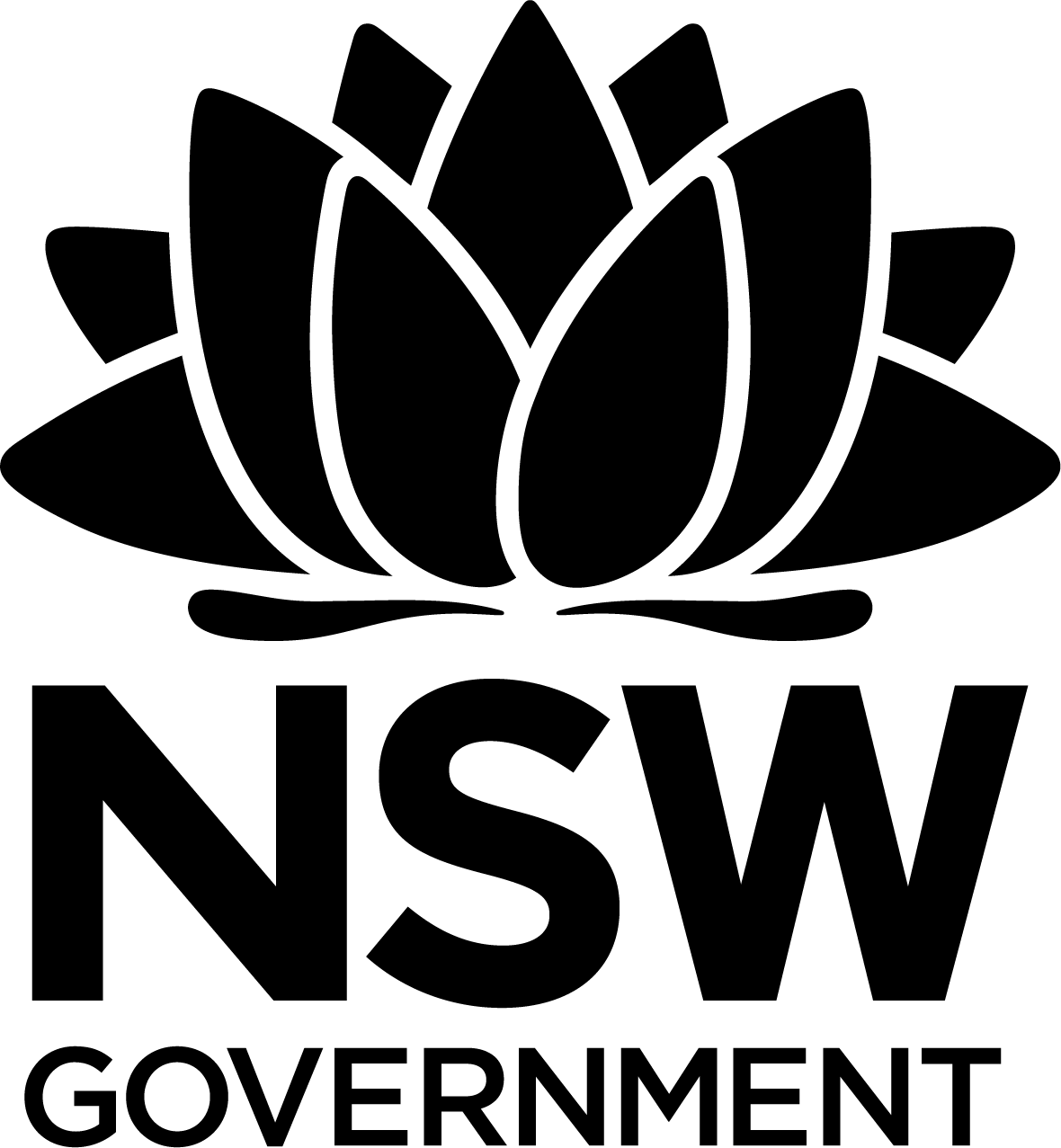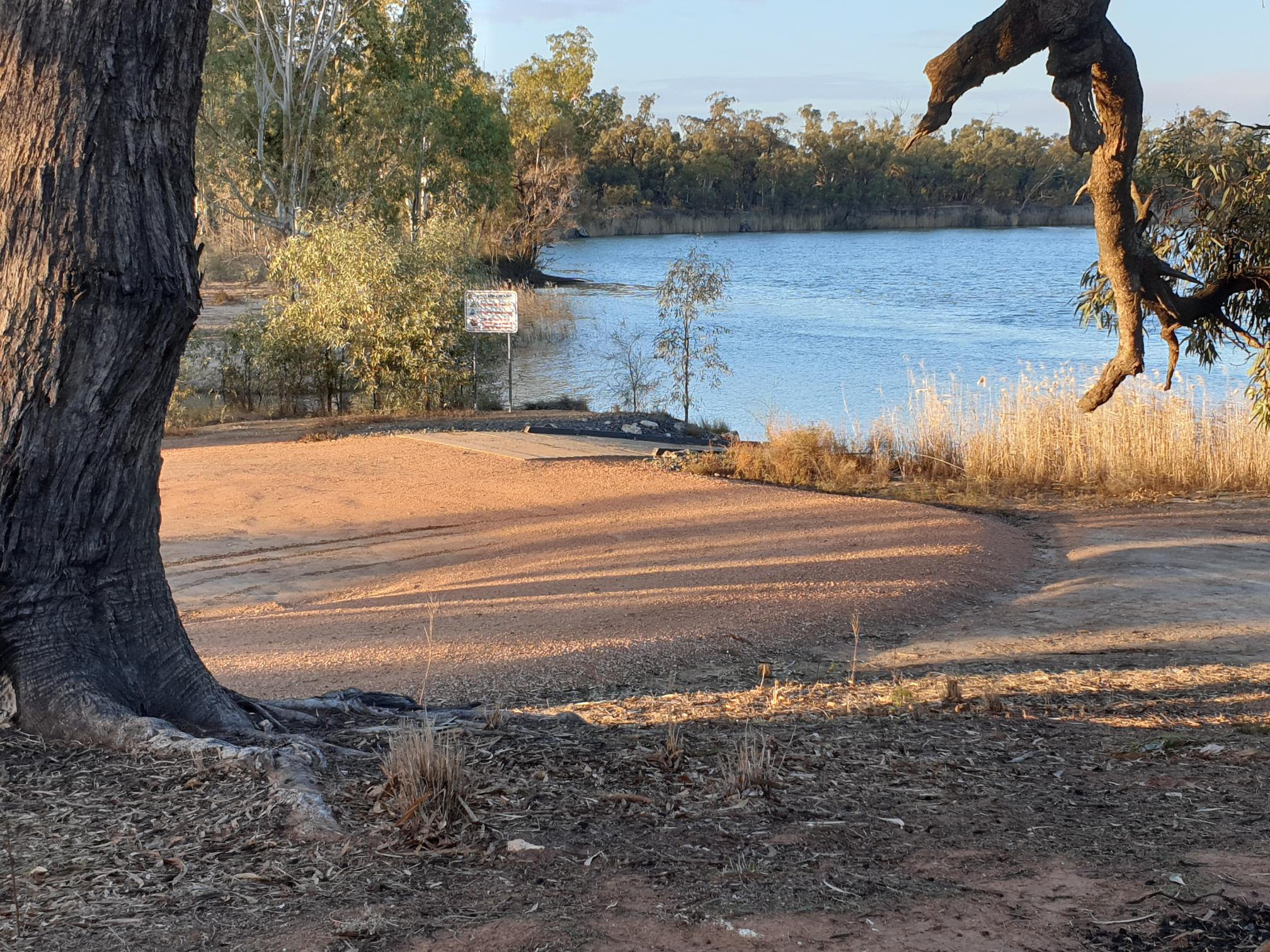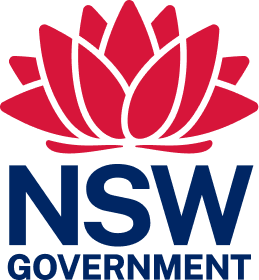
Crown land manager resource
I manage a nature reserve
Nature reserves in the Crown estate range from small pockets of high-conservation value land near built-up areas to reserves of thousands of hectares of diverse landscape in remote locations.
Crown land managers (CLMs) responsible for nature reserves need to consider not only the natural environment such as land, water, flora and fauna, but also the needs of and responsibilities towards visitors. There may also be Indigenous and non-Indigenous cultural and built heritage to look after.
Key considerations
Environmental management – a significant aspect of managing a nature reserve will be environmental management of the land making up their reserves, including weed and pest management, fire prevention and control and dealing with pollution and contamination.
Risk management – the size and remoteness of many nature reserves means that strong risk management processes are essential to keep workers and visitors safe, and protect the natural assets from damage.
Health and safety – as with risk management, it’s essential to have good health and safety processes in place for workers and visitors. Help could be a long way off.
Obtaining funding – where other types of Crown reserve are in a position to earn income from people who use them, CLMs managing unstaffed nature reserves in remote locations may need to rely on other forms of funding.
Aboriginal interests – some nature reserves, especially those that haven’t been subjected to land clearing, mining and other major disturbances in the past, may have items of significant Aboriginal heritage, including art, middens and scar trees, and host sites of historical significance.
Plans of management – these help provide a framework for the strategic and operational use and management of a reserve, and can be a useful blueprint for management activities.
Managing visitors – an important part of your role as a Crown land manager (CLM) is managing the rights and responsibilities of visitors to your reserve. This means encouraging public use of your reserve while ensuring the safety of visitors and minimising impact to natural environments.
Learnings from Bottle Bend Reserve
Bottle Bend Reserve is a 1600 hectare nature reserve on the Murray River, south of the Sturt Highway near Monak. It’s managed by volunteers comprising the Bottle Bend Land Manager, and two ex-officio board members from the local council and the Murray–Darling Wetland Working Group.
 Containing significant black box woodlands and wetland vegetation, the forest is now recovering from years of drought and acid sulphate pollution with the help of environmental watering schemes. There’s also significant Aboriginal heritage on the reserve, with many middens, canoe trees, scar trees and burial sites found throughout the reserve.
Containing significant black box woodlands and wetland vegetation, the forest is now recovering from years of drought and acid sulphate pollution with the help of environmental watering schemes. There’s also significant Aboriginal heritage on the reserve, with many middens, canoe trees, scar trees and burial sites found throughout the reserve.
In addition to their conservation and preservation tasks, the Crown land manager (CLM) is developing facilities for public enjoyment, including camping sites, picnic tables and walking tracks.
CLM Secretary Paul Heley shared his insights into managing a nature reserve.
Environmental management
“A key consideration of any CLM should be their contribution to a broader understanding of the landscape”, says Paul.
“Some of our wetland areas suffered from significant acid sulfate pollution from receding water levels during the millennium drought. The damage caused to internal waterways and flora was quite severe, so one of our priorities is maintaining water quality and quantity within the reserve.
“We also have the largest Black box (Eucalyptus largiflorens) population in NSW that receives environmental watering. From a scientific perspective this offers a unique insight into the success or otherwise of these events.”
Governance
“Health and safety, risk management and financial management, covered more broadly under our governance structures, have been a focus of our group, particularly in our first eighteen months.
“We sought external expertise in establishing good governance procedures as well as attending governance training provided by Western Landcare. We would highly recommend any other group daunted by governance to use this approach”, explains Paul.
Funding
“Seeking funding would be the second-most time consuming activity we undertake, behind on-site works", says Paul. "We receive lots of help from our Local Land Services (LLS) office, along with Western Landcare. Both organisations bring any opportunities to our attention and assist with applications. We also receive significant help from our local council (Wentworth Shire).
“We are always looking for other sources of funding. I would recommend any other CLM put significant resources into sourcing funding, particularly if your reserve requires major input.”
Aboriginal interests
The reserve has a large number of cultural heritage sites. Recent weather events and a long period of exposure to the elements have resulted in some sites being uncovered, so an ongoing management task is re-covering and isolating sites as they appear.
“There has been some work done in the past documenting the cultural heritage of the reserve and we are currently working towards completing this work. We believe the importance of preserving this heritage is one of our most important roles”, Patrick says.
Plan of management
When the CLM took control of the reserve in 2016, the department had already developed a detailed management plan in 2014.
“This document has been an extremely useful resource”, said Paul. “It offers a clear pathway to where your particular reserve is headed and offers the opportunity for all CLM members to have input into management decisions. We would recommend any other reserve make use of a management plan if it exists, or seriously consider developing one.”
Paul’s top tips for managing a nature reserve
- Hold regular meetings. You can't always get everyone there but it keeps everyone connected to what’s going on.
- Use external resources when you need to. Money can be tight but external experts can accomplish in a couple of hours what takes a volunteer days and weeks.
- Always say yes to volunteers. Some jobs may seem menial and unimportant, but if you can get a volunteer to help, it's another job off the list.
- Engage the public every chance you get. Share with them the reserve's story and the importance of its place.
- Create time for site works. Sometimes it can seem only governance gets done, but make sure you get your hands dirty....it reminds you why you’re there!
This Crown land manager web resource was printed on 24 Apr 2024. The information contained in this web resource is based on knowledge and understanding at the time of writing Apr 2024. However, because of advances in knowledge, users are reminded of the need to ensure that the information upon which they rely is up to date and to check the currency of the information by referring to the website (www.reservemanager.nsw.gov.au).
© State of New South Wales through Department of Planning, Industry & Environment 2024.
Page link: https://reservemanager.crownland.nsw.gov.au/i-manage-a/i-manage-a-nature-reserve

